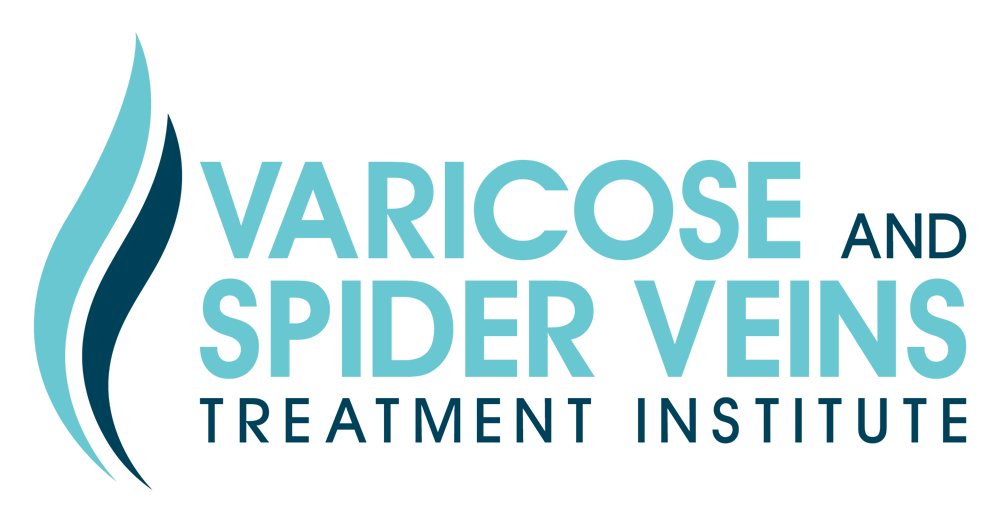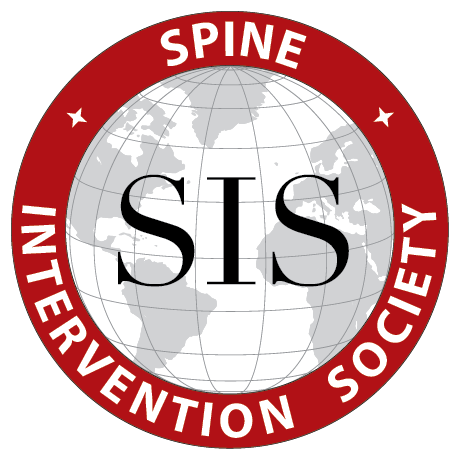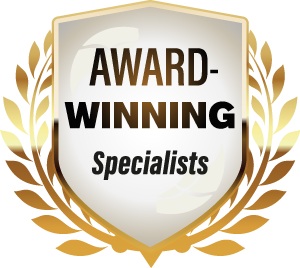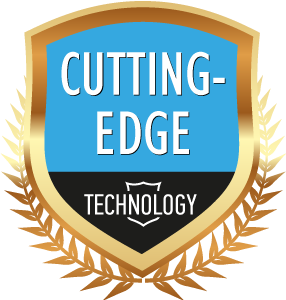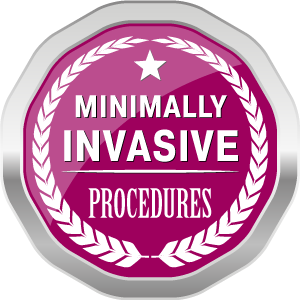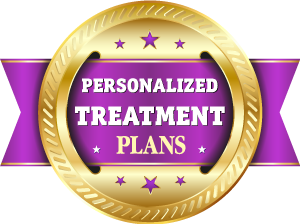Leg Heaviness
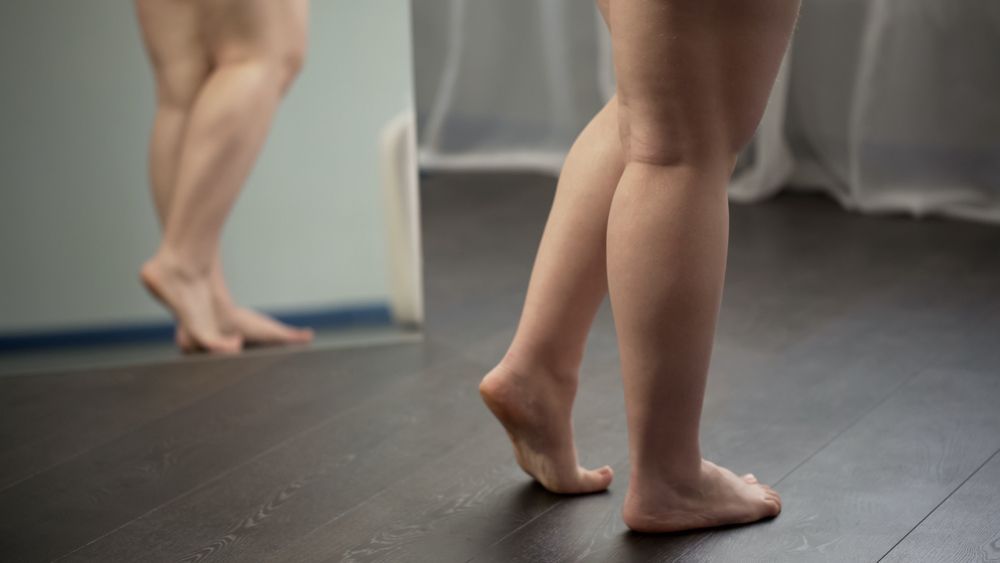
Do your legs feel unusually heavy or full all the time? Do they get tired easily? You may think these symptoms are normal, but they may actually be a sign of a vein issue. They are likely a sign of poor circulation in your legs, which is commonly caused by a condition known as chronic venous insufficiency (CVI). Leg heaviness may also be a sign of some cardiovascular or neurological conditions.
No matter the cause of your symptoms, leg heaviness can be uncomfortable and affect your day-to-day life. Learning which conditions or factors may be contributing to leg heaviness and the symptoms to look out for can help you get the treatment you need. Your doctor or a vein specialist trained in vascular surgery will develop a treatment plan fit to your specific needs, relieving leg heaviness and improving your quality of life.
Chronic Venous Sufficiency and Leg Heaviness
Your leg veins are responsible for carrying oxygen-depleted blood from your feet and legs back to your heart and lungs. There are three types of veins in the human body — superficial veins, deep veins, and perforating veins. Superficial veins lie just underneath your skin, while deep veins are found in your muscles and next to your bones. Perforating veins link your superficial and deep veins, carrying blood between them.
Your calf muscles act as a “second heart” by squeezing your veins when you walk, pumping blood upward against gravity. Your leg veins also contain one-way valves to prevent blood from flowing back down into your legs. Together, this system keeps extra blood out of your legs.
Chronic venous insufficiency (CVI) is a vein disease that occurs when some or all parts of this system are not working properly. When the vein valves are damaged, they cannot stop blood from flowing back into your legs and tissues. As a result, blood begins to pool in your feet, ankles, and legs, putting extra pressure on your veins. The vein walls stretch and weaken over time, causing them to fill with blood and bulge out.
Over time, the buildup of extra blood in your legs causes feelings of heaviness and muscle weakness. These uncomfortable symptoms may make walking more difficult, meaning your calf muscles are no longer squeezing blood upward.
While CVI is not a life-threatening condition, it can eventually lead to other complications that contribute to leg heaviness. If you notice other symptoms of CVI, it is best to call your doctor or a vein specialist.
To learn more about CVI and how it is diagnosed and treated,
read here.
Symptoms Associated with Leg Heaviness
Leg heaviness is typically caused by another condition, which can affect what symptoms you experience. Common symptoms associated with heavy legs include:
- Swelling in the feet, ankles, and lower legs
- Achy, throbbing, tingling, or burning sensations
- Shiny, tight skin
- Red, brown, or purple skin
- Open sores (ulcers) on your ankles or shins
- Any spider veins or varicose veins
Trouble walking or standing at the end of the day CVI is just one cause of leg heaviness — other factors and conditions can also make your legs feel like they are full and heavy. Some of these factors you can control, while others you cannot. It is also important to note that just because you have one or more of these risk factors it does not mean you will develop leg heaviness.
Vein Issues Caused by CVI
If left untreated, CVI can cause other vein issues, including spider veins and varicose veins. Spider veins are small, dilated blood vessels found just underneath the skin. They are usually red or purple and look similar to spider webs. On the other hand, varicose veins are larger, twisted, blue veins that stick out from the skin.
Both spider veins and varicose veins are commonly seen in the legs and are usually the result of long-term vein damage from CVI. When blood pools in the legs, it puts extra pressure on the leg veins. This can dilate and damage the smaller delicate blood vessels under the skin, and the larger veins that run throughout the legs. Many people with spider veins and varicose veins report feeling leg heaviness.
Varicose veins and CVI are also associated with an increased risk of deep vein thrombosis (DVT). This condition occurs when a blood clot becomes stuck in a vein in the leg, blocking blood flow. This causes pressure to build, along with accumulation of extra fluid in the legs. If left untreated, DVT causes leg heaviness, swelling, and pain.
Read here to learn more about
spider veins,
varicose veins, and
DVT.
Excess Weight or Obesity
People who are overweight or obese are more likely to have CVI and poor circulation in their legs. Extra weight puts added pressure on veins in the pelvis and legs, which can damage the vein valves over time. Eventually, the vein walls are too weak to return to their original shape and size, and they can no longer carry blood well enough back to the heart. Blood begins to pool in the feet and legs, making them feel heavier than normal.
Leading a sedentary lifestyle — including not getting enough physical activity and sitting for long periods of time — can also contribute to leg heaviness. Without the pumping action of your leg muscles to squeeze your veins, blood circulation slows down. Many people who have jobs that require them to sit throughout the day experience leg heaviness.
Peripheral Artery Disease
Peripheral artery disease (PAD) is a cardiovascular disease caused by the buildup of cholesterol and fats in your arteries. Known as plaques, these areas of buildup narrow the arteries, limiting how much blood can flow through them. Your arteries are responsible for carrying oxygen-rich blood away from your heart toward your arms and legs. In PAD, blood has a more difficult time reaching your legs, which can cause leg cramping, pain, and heaviness. Often, these are the first symptoms of the disease.
If you have leg heaviness caused by PAD, be sure to let your doctor or vein specialist know. Having PAD may change your treatment plan, as some treatments may do more harm than good.
Restless Legs Syndrome
Restless legs syndrome (RLS) is a condition that causes uncomfortable sensations in your legs, creating an overwhelming urge to move them. Many people with RLS describe it as an aching, throbbing, crawling, or heavy feeling in their legs. These symptoms tend to go away once you begin moving your legs, but almost immediately return after stopping. RLS also makes it difficult to fall asleep and stay asleep, since symptoms tend to be worse at night.
Doctors and researchers are not quite sure what causes RLS, but they believe it may be due to having certain genes or low iron levels. RLS is also more likely to occur during pregnancy or with alcohol or nicotine use, all of which are known to contribute to vein issues and potentially leg heaviness.
Overtraining Syndrome
Athletes train consistently to improve their performance, but too much exercise can take its toll on their bodies. Overtraining syndrome (OTS) occurs when you do not give yourself enough rest in between exercise or training sessions. Consistently overtraining tires out your muscles, and makes it harder for them to recover and repair themselves — especially if you train every day.
Many athletes who push themselves too far complain of leg heaviness, aching, throbbing, and muscle weakness. It is most common in cyclists and runners. If you are overtraining, you may notice other symptoms, including:
- Reduced performance and training capacity
- Feeling fatigued or drained
- Insomnia
- Loss of appetite and, as a result, weight loss
- Difficulty concentrating
- Getting sick more often with sore throats or colds
Risk Factors and Causes of Varicose Veins
Leg heaviness is typically caused by another condition, which can affect what symptoms you experience. Common symptoms associated with heavy legs include:
- Swelling in the feet, ankles, and lower legs
- Achy, throbbing, tingling, or burning sensations
- Shiny, tight skin
- Red, brown, or purple skin
- Open sores (ulcers) on your ankles or shins
- Any spider veins or varicose veins
- Trouble walking or standing at the end of the day
Diagnosing Leg Heaviness
If you are experiencing leg heaviness along with symptoms of CVI or another related condition, make an appointment with your doctor or a vein specialist.
During your appointment, they will take your medical history and ask about any personal or family history of vein issues, blood clots, and other conditions. Your doctor or vein specialist will also perform a physical exam by looking at your feet, ankles, and legs. They will take note of any swelling and skin changes they see, and whether you have any spider veins or varicose veins.
You may answer questions about:
- What symptoms you are experiencing
- When these symptoms occur (morning, evening, throughout the day)
- What (if anything) improves your symptoms (rest, elevation, medication, etc.)
Your doctor or vein specialist may order additional testing to determine what is causing your leg heaviness. For example, they may use ultrasound to diagnose CVI and rule out other conditions. Ultrasound uses sound waves that bounce off your veins and other tissues to create images. Doppler ultrasound is specifically used to measure how well blood flows through your veins. Your doctor or vein specialist will use it to look for any blockages that may be causing your symptoms.
Diagnosing PAD
If your doctor or vein specialist believes you have PAD, they may order a Doppler ultrasound and ankle-brachial index (ABI) test. An ABI test compares the blood pressure in your arm with the blood pressure in your ankle. A healthy ABI is 1.00 or greater, while an ABI of less than 0.90 means you may have PAD. Your doctor or vein specialist may also order blood work to check your blood sugar and cholesterol levels.
Diagnosing RLS
There are no specific tests available to diagnose RLS — your doctor will instead take note of your symptoms, when they occur, and what helps relieve them. They may also perform a neurological exam and order bloodwork to check your iron levels. Since RLS can interfere with your sleep, your doctor will also ask about your sleep habits and may order polysomnography to measure your brain waves while you are sleeping. Altogether, the results of these tests can help them make an RLS diagnosis.
Treating Leg Heaviness
Once you have a diagnosis, your doctor or vein specialist will recommend treatment options to alleviate your leg heaviness. These will likely be a combination of compression therapy, exercise, and other lifestyle changes. If your symptoms are caused by varicose veins, they will likely recommend a minimally invasive vein treatment to close off the diseased veins.
Compression Therapy
Compression therapy involves wearing specially designed compression garments that apply different levels of pressure to your feet, ankles, and legs. These garments help prevent blood from pooling in your legs, which treats leg heaviness, swelling, and other associated symptoms. There are several types of compression therapy, each with a different benefit. Many people use compression to treat vein issues and alleviate symptoms.
It is normal to experience discomfort when first starting compression therapy. Your symptoms should improve as you continue to follow your doctor or vein specialist’s instructions. If you are having a difficult time sticking to your treatment plan, let them know and they can make changes or give you suggestions.
Compression therapy is not recommended for treating leg heaviness and swelling caused by PAD. Your doctor or vein specialist will create a specific treatment plan for you to follow.
Compression Stockings
Compression stockings are the most common type of compression garment. They are long socks that apply different amounts of pressure to your feet, ankles, and calves to help move blood up toward your heart. Compression stockings are available as knee-high or thigh-high garments, depending on your symptoms. If you stand for long periods throughout the day, these stockings can help treat leg heaviness and prevent other vein complications, including spider veins and varicose veins.
Compression Bandages
Compression bandages are usually recommended for people with ulcers or open sores. These bandages are made from long pieces of elastic wrap that are wrapped around the ankles and legs by a nurse or doctor. A dressing can also be placed under the bandages to absorb fluid from any ulcers. You will have the bandages changed once to twice a week to keep them clean and dry.
Intermittent Compression Pumps
If your symptoms cannot be properly managed with compression stockings or bandages, your doctor or vein specialist may recommend intermittent pneumatic compression (IPC) pumps. These pumps act like your calf muscles, squeezing your legs to move blood up toward your heart. IPC pumps are used for several hours throughout the day to treat leg heaviness and other symptoms of vein problems.
Elevation
While gravity may be a contributor to leg heaviness, it can also be used to help treat it. Elevating your feet and legs helps blood flow back toward your heart. Your doctor or vein specialist will recommend that you prop your legs up several times a day while sitting or lying down, making sure they are above your heart. This can be especially helpful for people with spider veins, varicose veins, or swelling from CVI.
Minimally Invasive Treatments
If your leg heaviness is caused by spider veins, varicose veins, or CVI, your vein specialist may recommend a minimally invasive treatment to close off or remove diseased veins. There are several options available, including radiofrequency ablation, sclerotherapy, and phlebectomy.
Radiofrequency ablation uses a long, thin tube known as a catheter with a tip that generates high-frequency waves to create heat. This seals the vein internally so it can no longer carry blood. Over 90 percent of people who receive this treatment see long-lasting results. To learn more about radiofrequency ablation, read here.
Sclerotherapy is another catheter-based treatment that uses a salt solution or chemical foam to irritate veins, causing them to swell shut. Over time, the lack of oxygen and nutrients causes the vein to collapse in on itself, and blood flow is rerouted to healthy veins. To learn more about sclerotherapy, read here.
Phlebectomy is used to remove large varicose veins just under the surface of your skin. Your vein specialist will create several tiny punctures in your skin and use a phlebectomy hook to remove the diseased vein in segments. This procedure is often combined with sclerotherapy or radiofrequency ablation for the best results. To learn more about phlebectomy, read here.
Treating Other Conditions
If your leg heaviness is caused by PAD or RLS, your doctor will create a treatment plan to address the specific condition. Treating the underlying cause of leg heaviness will help alleviate your symptoms.
PAD is treated with a combination of lifestyle changes and medications. Your doctor will recommend quitting smoking (if you currently smoke), eating a healthy diet, and exercising regularly to reach a healthy weight. You may be prescribed medications to lower your blood pressure and cholesterol levels and prevent blood clots from forming. In more severe cases, surgery may be necessary to open narrowed or blocked arteries in your heart.
While there is no cure for RLS, it can also be managed with lifestyle changes and medications. Your doctor will recommend limiting alcohol consumption, quitting smoking, and creating a regular sleep schedule for yourself. If you have low iron levels, you will be prescribed an iron supplement. Anti-seizure drugs have also been approved by the U.S. Food and Drug Administration (FDA) for treating RLS. Together, these treatments should help alleviate leg heaviness and other symptoms.
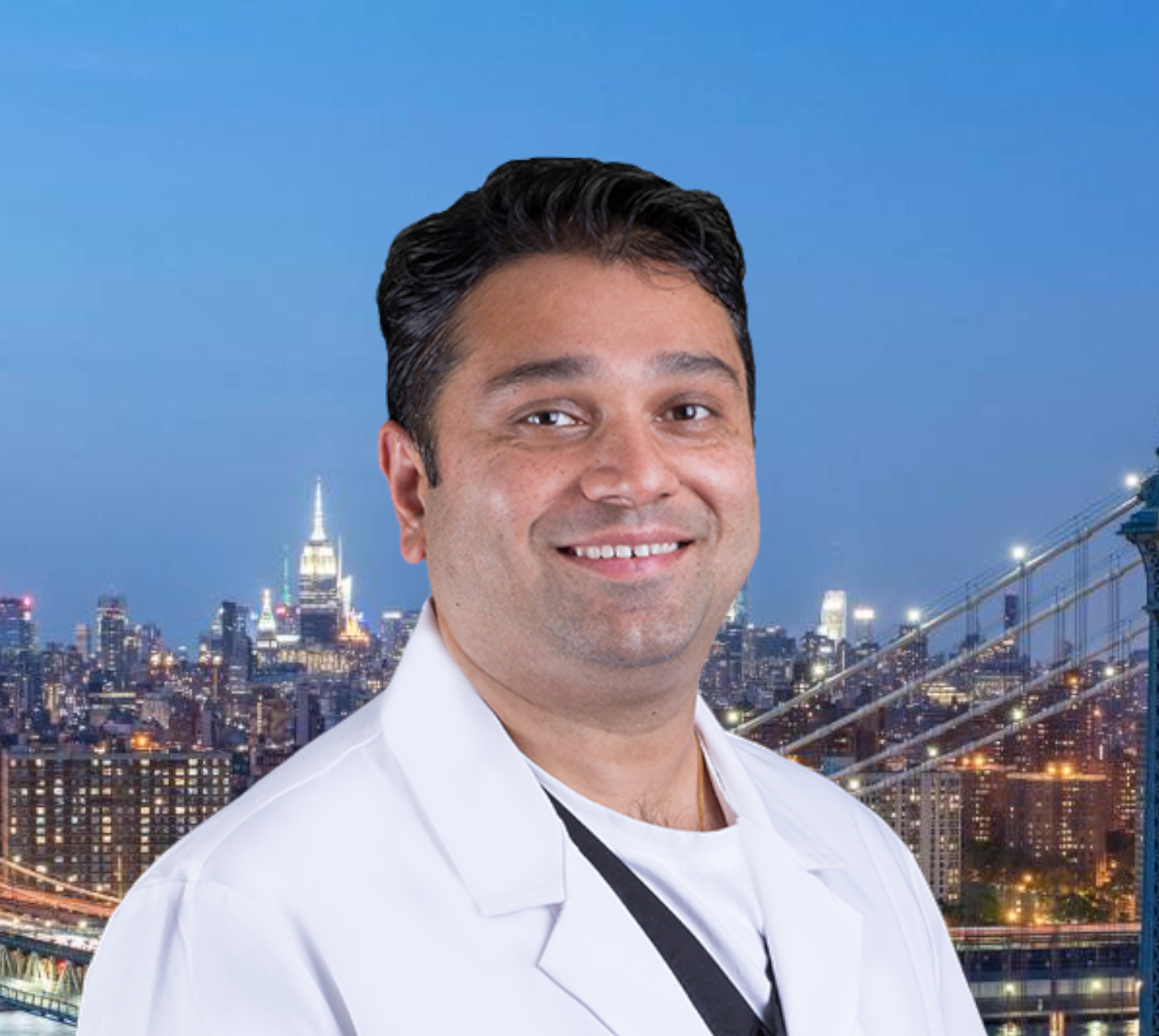
DR. AMIT POONIA M.D.
Your New Jersey Vein Specialist
Dr. Poonia is double board-certified in interventional pain management and anesthesiology.
Dr. Poonia’s philosophy is based on teamwork, cooperation, and collaboration among his patients’ treatment teams. He believes that healthcare providers work
best when they work together to accurately diagnose a patient’s problem, find effective treatments, and provide maximum rehabilitation and quality of life improvements.
Dr. Poonia customizes his treatment plans based on each patient’s unique characteristics. He employs the latest minimally-invasive technologies to enhance comfort during treatment and to speed recovery.
References
- Anwar MA, Georgiadis KA, Shalhoub J, et al. A review of familial, genetic, and congenital aspects of primary varicose vein disease. Circ Cardiovasc Genet. 2012;5(4):460-466. doi:10.1161/CIRCGENETICS.112.963439.
- Chronic Venous Insufficiency. Cleveland Clinic. July 17, 2022. Accessed January 24, 2023. https://my.clevelandclinic.org/health/diseases/16872-chronic-venous-insufficiency-cvi.
- Ciardullo AV, Panico S, Bellati C, et al. High endogenous estradiol is associated with increased venous distensibility and clinical evidence of varicose veins in menopausal women. J Vasc Surg. 2000;32(3):544-549. doi:10.1067/mva.2000.107768.
- Leg Veins: Why They Appear and How Dermatologists Treat Them. American Academy of Dermatology Association. Accessed January 24, 2023. https://www.aad.org/public/cosmetic/younger-looking/how-dermatologists-treat-leg-veins
- Lifestyle Changes for Varicose Veins. NYU Langone Health. Accessed January 25, 2023. https://nyulangone.org/conditions/varicose-veins/treatments/lifestyle-changes-for-varicose-veins
- Raetz J, Wilson W, Collins K. Varicose veins: Diagnosis and treatment. Am Fam Physician. 2019;99(11):682-688.
- Sclerotherapy. Cleveland Clinic. June 12, 2022. Accessed January 25, 2023. https://my.clevelandclinic.org/health/treatments/6763-sclerotherapy
- Scovell S. Patient Education: Lower Extremity Chronic Venous Disease (Beyond the Basics). UpToDate. September 20, 2021. Accessed January 24, 2023. https://www.uptodate.com/contents/lower-extremity-chronic-venous-disease-beyond-the-basics.
- Tang TY, Kam JW, Gaunt ME. ClariVein® — Early results from a large single-centre series of mechanochemical endovenous ablation for varicose veins. Phlebology. 2017;32(1):6-12. doi:10.1177/0268355516630154.
- van Rij AM, De Alwis CS, Jiang P, et al. Obesity and impaired venous function. Eur J Vasc Endovasc Surg. 2008;35(6):739-744. doi:10.1016/j.ejvs.2008.01.006.
- Varicose Veins. Cleveland Clinic. December 29, 2021. Accessed January 24, 2023. https://my.clevelandclinic.org/health/diseases/4722-varicose-veins
- Varicose Veins. National Heart, Lung, and Blood Institute. March 24, 2022. Accessed January 24, 2023. https://www.nhlbi.nih.gov/health/varicose-veins
- Varicose Veins and Spider Veins. Office on Women’s Health. February 15, 2021. Accessed January 24, 2023. https://www.womenshealth.gov/a-z-topics/varicose-veins-and-spider-veins
- Varicose Veins Stripping and Ligation. Cleveland Clinic. October 19, 2022. Accessed January 25, 2023. https://my.clevelandclinic.org/health/treatments/17614-venous-disease-vein-ligation--stripping
- Varicose Veins While Pregnant. Cleveland Clinic. May 25, 2022. Accessed January 25, 2023. https://my.clevelandclinic.org/health/diseases/23331-varicose-veins-in-pregnancy
- Varicose Veins: Why We Get Them and What Can Help. University of Rochester Medical Center. April 6, 2017. Accessed January 24, 2023.
